As Astronomers Continue to Observe Neptune What Have They Seen
Introduction
Galileo recorded Neptune as a fixed star during observations with his small telescope in 1612 and 1613. More than 200 years later, the ice giant Neptune became the first planet located through mathematical predictions rather than through regular observations of the sky. Because Uranus didn't travel exactly as astronomers expected it to, French mathematician Urbain Joseph Le Verrier proposed the position and mass of a then-unknown planet that could cause the observed changes to Uranus' orbit. Le Verrier sent his predictions to Johann Gottfried Galle at the Berlin Observatory, who found Neptune on his first night of searching in 1846. Seventeen days later, Neptune's largest moon Triton was discovered as well.
More than 140 years later, in 1989, NASA's Voyager 2 became the first-and only-spacecraft to study Neptune up close. Voyager returned a wealth of information about Neptune and its moons-and confirmed evidence the giant world had faint rings like the other gas planets. Scientists also use the Hubble Space Telescope and powerful ground-based telescopes to gather more information about this distant planet
Significant Events
Significant Events
-
1612: Galileo incorrectly records Neptune as a fixed star during observations with his small telescope.
-
1846: Using mathematical calculations, astronomers discover Neptune, increasing the number of known planets to eight. Neptune's largest moon, Triton, is found the same year.
-
1983: Pioneer 10 crosses the orbit of Neptune and becomes the first human-made object to travel beyond the orbits of the planets of our solar system. The spacecraft remains on a trajectory heading towards the red star Aldebaran (in the constellation Taurus) and is expected to pass by it in about 2,000,000 years.
-
1984: Astronomers find evidence for the existence of a ring system around Neptune.
-
1989: Voyager 2 becomes the first and only spacecraft to visit Neptune, passing about 4,800 kilometers (2,983 miles) above the planet's north pole.
-
2002: Using improved observing techniques, astronomers discover four new moons orbiting Neptune: Laomedia, Neso, Sao and Halimede.
-
2003: Another moon, Psamathe, is discovered using ground-based telescopes.
-
2005: Scientists using the Keck Observatory take images of the outer rings and find that some of the ring arcs have deteriorated.
-
2011: Neptune completes its first 165-year orbit of the sun since its discovery in 1846.
-
2013: A scientist studying Neptune's ring arcs in archival Hubble Space Telescope images finds a previously unknown 14th moon of Neptune, provisionally designated S/2004 N 1.
-
2016: Scientists using the Hubble Space Telescope discover a new dark spot on Neptune, the first new atmospheric vortex seen in the 21st century.
Notable Explorers
Suzanne "Suzy" Dodd
Project Manager
"Math is going to be the basis for all the science and engineering that you will have to do in the future."
Missions
Careers
10 Careers That Explore Space
1
Astronaut
Astronauts pave the way for human exploration beyond our Earth. They are pilots, scientists, engineers, teachers, and more.
2
Project Manager
Project managers guide missions from concept to completion, working closely with team members to accomplish what they set out to do.
3
Rover Camera Operator
A camera payload uplink lead writes software commands that tell a rover what pictures to take.
The first thing that fired my imagination for planetary science was when the NASA Voyager spacecraft discovered active volcanoes on Jupiter's moon Io.
4
Artist
Melding science with design, artists create everything from large-scale installations to the NASA posters hanging in your bedroom.
5
Media Specialist
Media specialists tells stories across social media and help feature missions and people on TV and in films, books, magazines, and news sites.
6
Writer/Producer
Writers/producers capture the incredible stories of NASA's missions and people and share them with the world.
7
Administrator/Director
Administrators and directors work out of NASA headquarters, prioritizing science questions and seeking to expand the frontiers of discovery.
8
Educator
Whether it's introducing kids to space or teaching physics to PhD candidates, educators help share their knowledge with the public.
9
Engineer
Engineers design and build all types of machines, from what a spacecraft looks like to the software that directs where a rover goes each day.
10
Scientist
From an astrophysicist to a volcanologist, scientists of all types pose questions and help find answers to the mysteries of our universe.
The important thing about being a scientist or an engineer is learning how to think critically, learning how to be creative, learning problem solving and learning how to learn.
Explore in 3D
colemanshishempeon82.blogspot.com
Source: https://solarsystem.nasa.gov/planets/neptune/exploration/
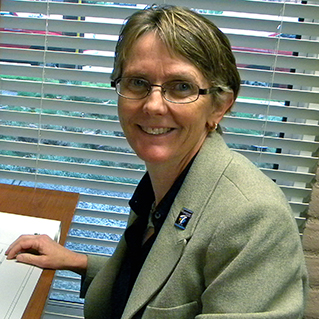


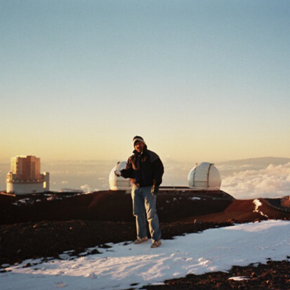
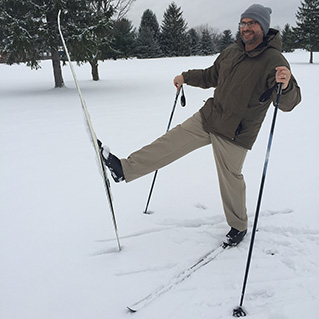

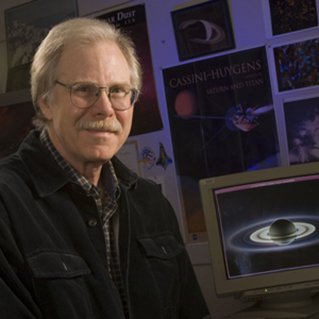
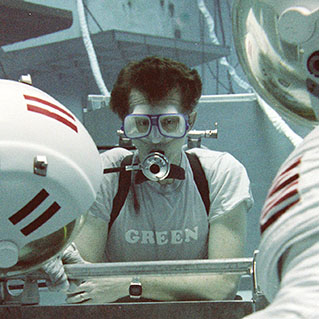
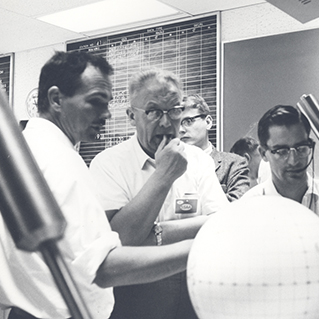

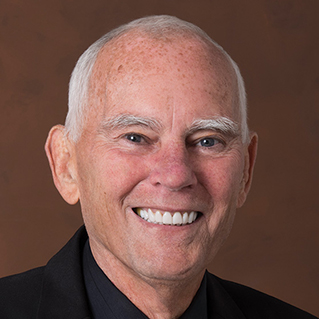
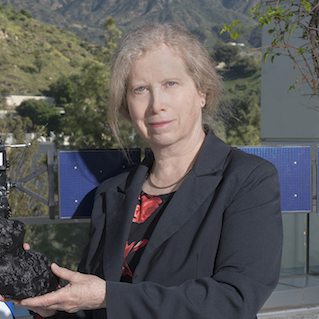
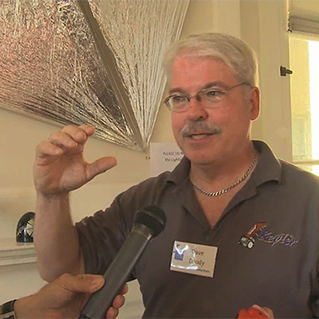

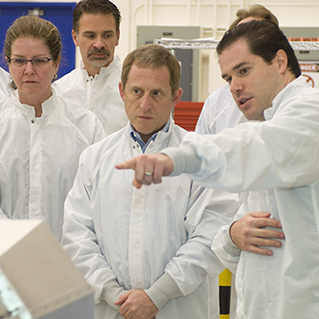
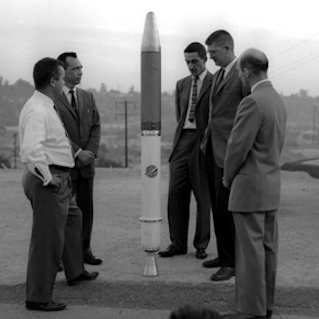
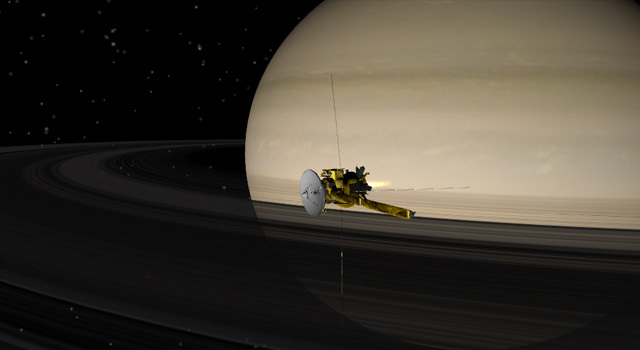
0 Response to "As Astronomers Continue to Observe Neptune What Have They Seen"
Post a Comment